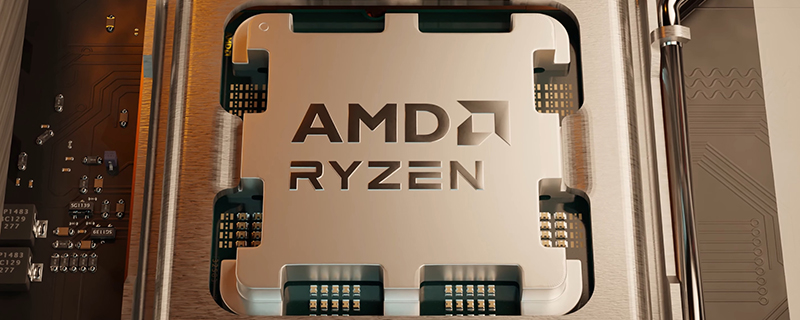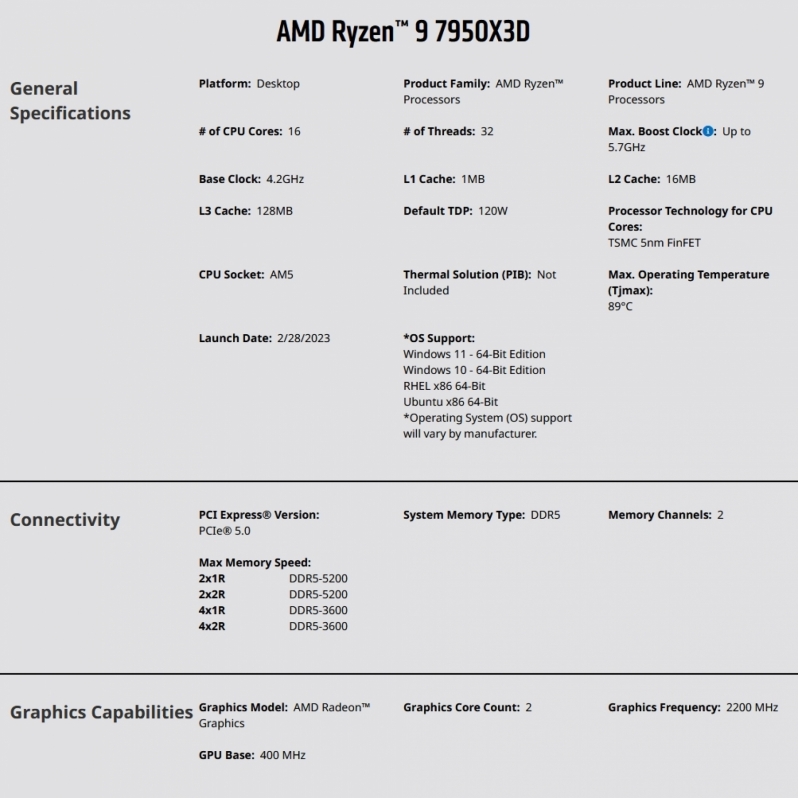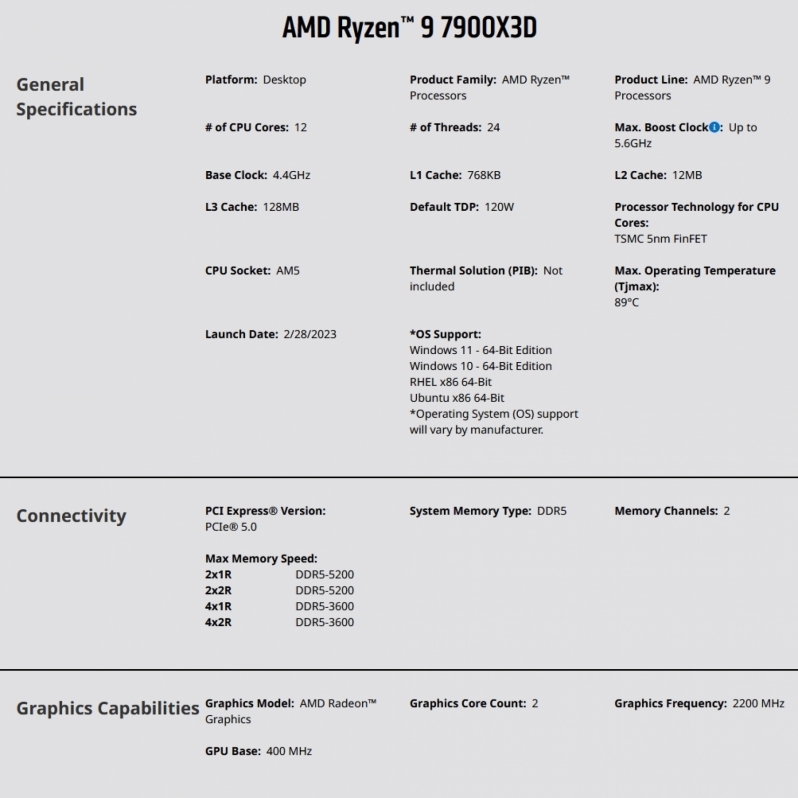AMD Ryzen 9 7950X3D and 7900X3D Review
Introduction
Whenever we think about our powerful PCs there is a tendency to adopt the same attitude we did when we were children and begging our parents for a computer. It’ll be great for photo editing, or graphic design, or education. The truth is that none of us would have multiple monitors and brutally powerful graphics cards if our systems weren’t primarily used for gaming.
Until recently when purchasing a processor you had two choices. You could go for a CPU that was designed for gaming, relatively low core count but super-high clock speeds at an affordable price point, or you could go all-in on a processor that would be best for what are now called Productivity tasks. Namely the things we pretended we’d use them for. Higher core counts equal more heat and thus, as a general rule of thumb, clock speeds were lower to compensate.
In fact processors have been basically the same since the early days of 8086 ones, it’s just that core counts have increased, processing speeds have increased, and instruction sets have been developed. Just like the addition of dedicated ray tracing hardware was the first leap forwards in graphics technology for well over a decade, the Ryzen 7 5800X3D was the first big change in the world of CPUs. It utilised 3D V-Cache to massively improve gaming performance with much lower latency and enormous cache sizes. Whilst it didn’t really make any difference in regular tests the gaming gains were significant. The problem that specific processor had was that it had all the heat of the beefy Ryzen 9 5950X, just with half the cores, and the gains were quite title specific. It was a proof of concept.
Now AMD have taken their two flagship processors, the Ryzen 9 7900X and Ryzen 9 7950X, and applied that successful 3D V-Cache technology to it, so you no longer have to make a choice between high gaming performance and productivity. Naturally we couldn’t wait to find out if applying a great idea to an already great processor would be eye-openingly amazing, and so we’ve refreshed our test rig with a RTX 4090, tested a bunch of recent processors on a ton of new titles, and we bring those results to you now. Strap in.
Technical Specifications
The main changes between the original 7000 series Ryzen 9 processors and the new X3D models is the inclusion of their 3D V-Cache technology we first saw on the Ryzen 7 5800X3D. Naturally the newest Ryzens are vastly more powerful in terms of core count and clock speed, so we’re expecting some spectacular results.





